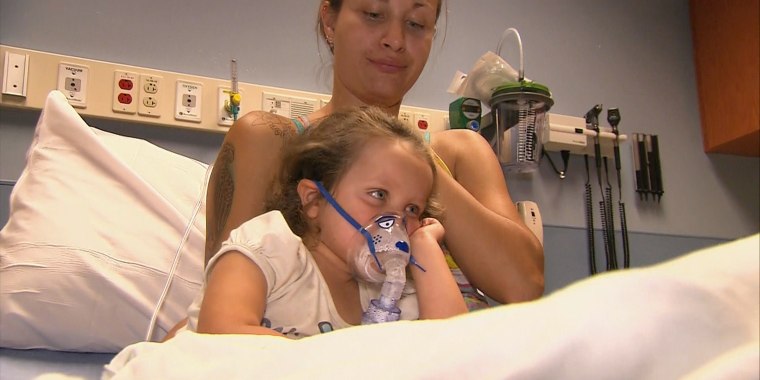Federal health officials said Monday they now have reports of 155 possible cases of acute flaccid myelitis, a polio-like syndrome that causes muscle weakness and paralysis.
The latest update from the Centers for Disease Control and Prevention shows no change in the number of confirmed cases — 62 cases in 22 states. But state health departments have reported another 28 suspected cases.
The CDC and doctors across the country are braced for more cases of AFM, which seems to mostly affect children although it has also been reported in a handful of adults.
Although the CDC says its researchers still are not sure of a cause, the pattern of the reported cases strongly points to a virus, doctors say. The No. 1 suspect is a distant relative of polio called enterovirus D68 or EV-D68.
The paralyzing condition was first seen in notable numbers in 2014, when the CDC confirmed 129 cases. The next year, just 17 were confirmed but in 2016, 149 cases were confirmed. Case counts fell off again in 2017 — 33 cases were confirmed — but numbers have risen again with 62 reported cases so far in 2018.
The CDC says it cannot say what is causing this pattern of disease. “We don’t know what caused the increase in AFM cases starting in 2014,” the CDC says on its website.
“We have not yet determined who is at higher risk for developing AFM, or the reasons why they may be at higher risk.”
It can take several weeks for cases to be reported and fully investigated.
The CDC urges parents to get kids to an emergency room quickly, and recommends that doctors have a high index of suspicion for AFM or another neurological disorder if a child has the following symptoms:
- Difficulty moving the eyes or drooping eyelids
- Facial droop or weakness
- Difficulty with swallowing or slurred speech
- Sudden arm or leg weakness

